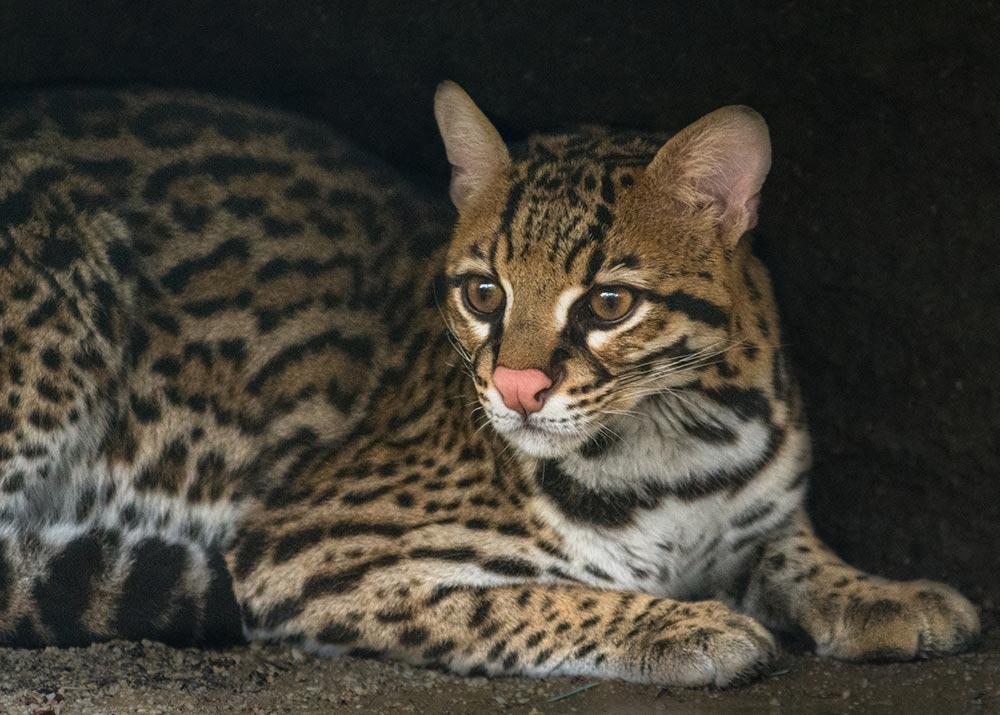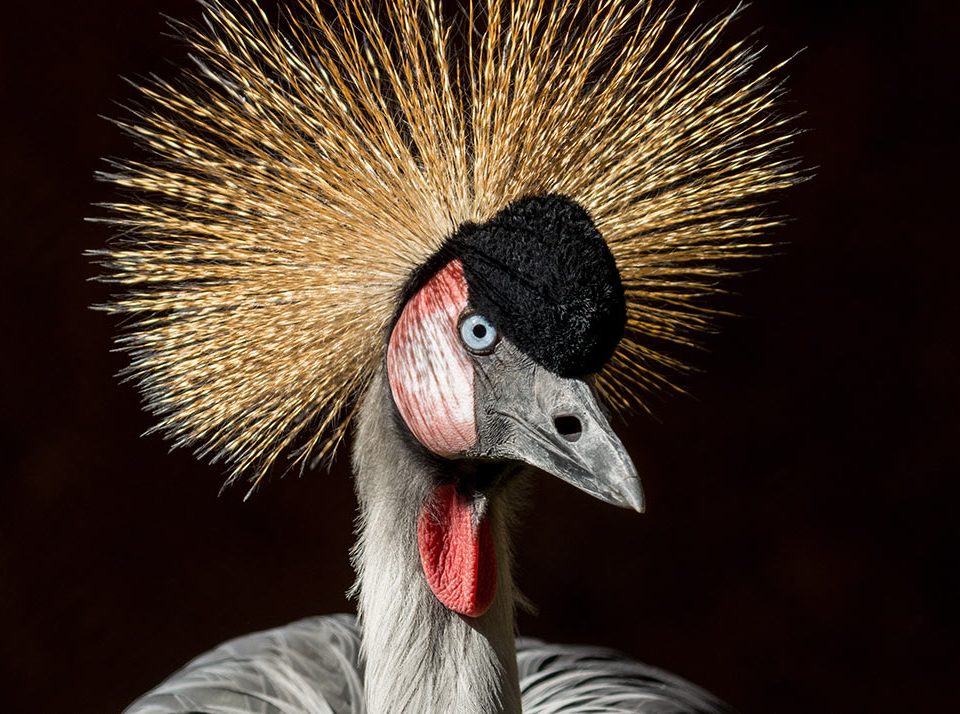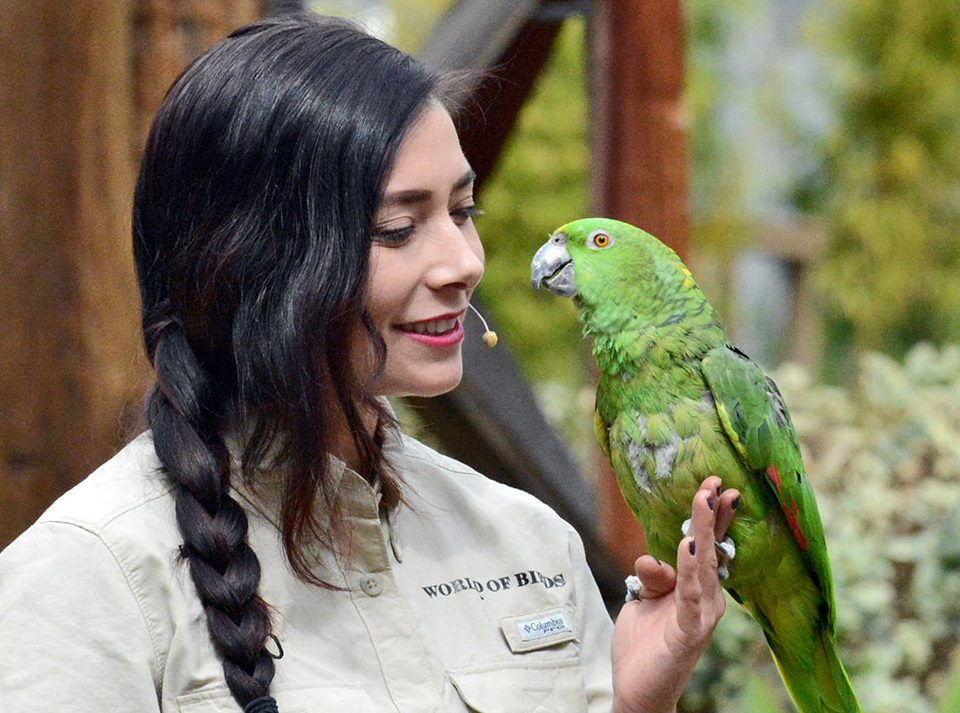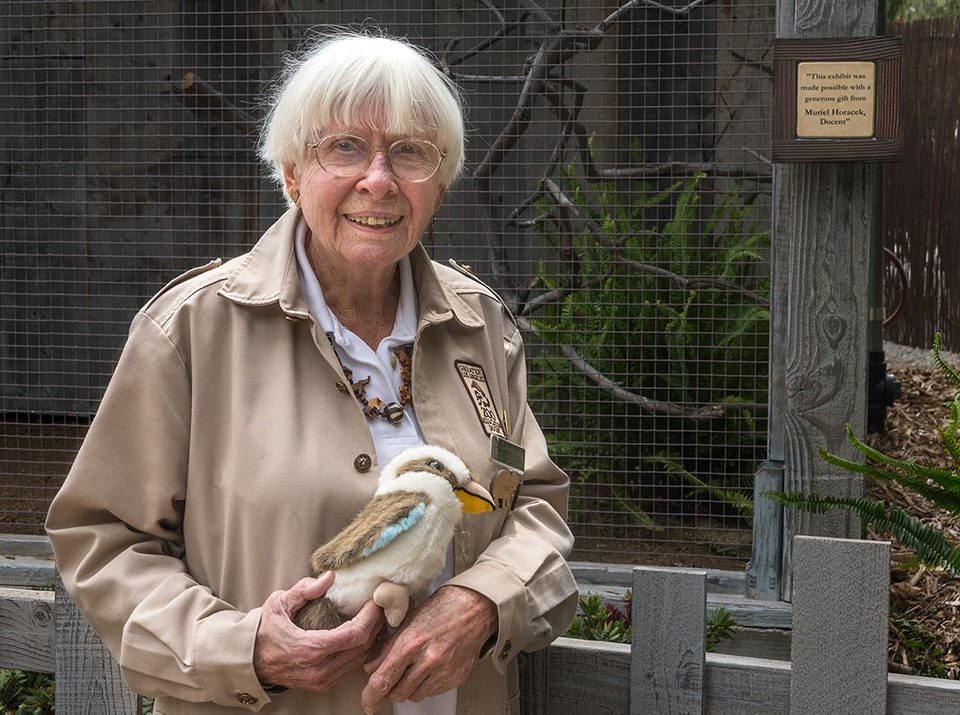New at the Zoo

Member POV: Justin Hilden
May 1, 2018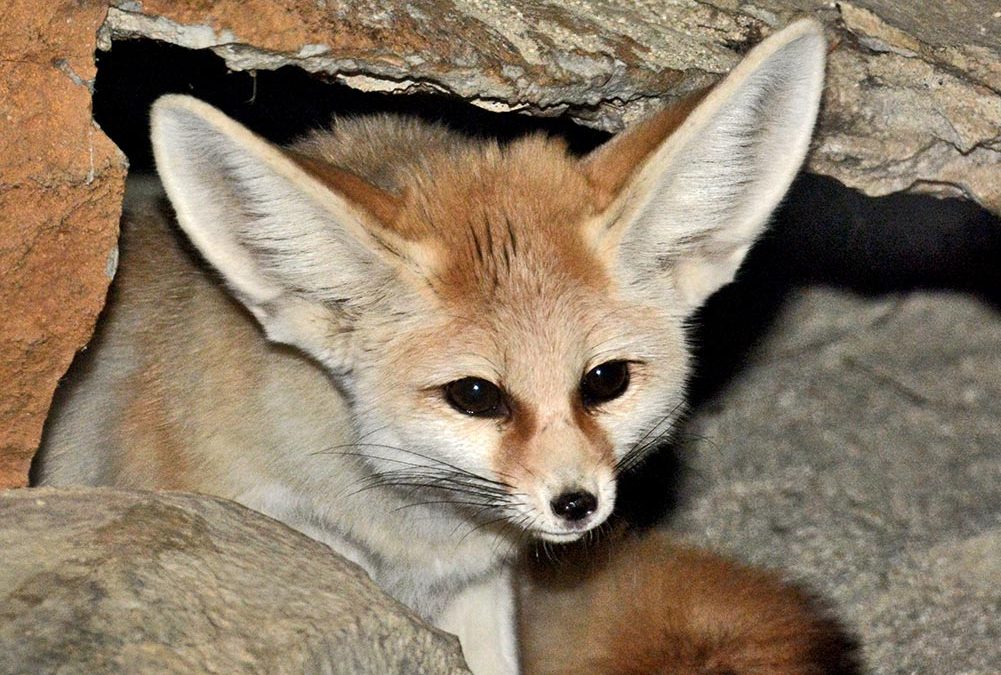
Radar the fennec fox has joined the Zoo’s ambassador team. Photo by Tad Motoyama
March births included two Sichuan takins on view at the exhibit with their parents, four additional peninsular pronghorn (for a total of eight so far this year), and two female ocelots. Averaging about twice the size of a domestic cat, ocelots are found in diverse habitats from Arizona and Texas in the U.S. through Mexico, Central America, and all of South America with the exception of Chile. Nocturnal and secretive, much remains unknown about them. Genetic analyses have revealed that certain regional populations—considered “vulnerable” by the IUCN—are declining, including those in the U.S. and parts of Brazil outside the Amazon basin. The Association of Zoos and Aquariums (AZA) is working with the Brazilian government to establish insurance populations of Brazilian ocelots in North American zoos. The L.A. Zoo has housed ocelots since 1962, and the current breeding pair residing in the South America section is of Brazilian descent. The birth of two offspring on March 13 was an auspicious beginning to this new conservation effort. The kittens will remain with their mother. Mom and offspring will alternate with the father on view to the public.
In 2014, the L.A. Zoo became the first zoo in the U.S. to successfully breed and raise a litter of butaan.
Though the butaan bears a distinct family resemblance to its imposing cousin, the Komodo dragon, this Philippine lizard leads an elusive existence in dense forest habitat. Its secretive ways make it a challenging species to study. Few zoos house them, and in 2014, when one of the Zoo’s three females laid a clutch of fertile eggs, the L.A. Zoo became the first zoo in the U.S. to successfully breed and raise a litter of butaan. The Zoo’s fourth litter of butaan finished hatching on March 1. When the eight baby lizards are old enough, they will be sent to several AZA zoos. You can see adult butaan in the LAIR. Other hatchings include a Cape thick-knee chick, which is with the parents in the weaver bird exhibit, and two California condors.
One of the Zoo’s newest animal ambassadors, fennec fox Radar, is making his home at the Winnick Family Children’s Zoo. An additional female fennec fox has joined him. She was part of a large USFWS confiscation. Other arrivals include three Caucasus vipers, four leaf frogs, and a female wrinkled hornbill. She will be placed with the male shortly. He is currently off-exhibit, but the plan is to place the wrinkled hornbills where the rhinoceros hornbills are currently located and put the rhinoceros hornbills in the Australia section’s wallaby/aviary exhibit that used to house island hornbills.


